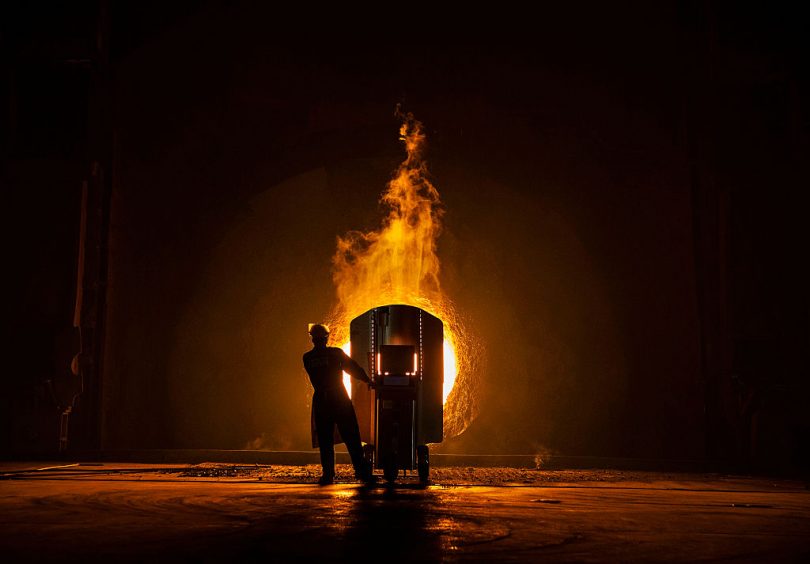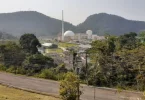Apesar dos renováveis ocuparem cada vez mais espaço na matriz de geração elétrica chinesa, a aceleração da economia em 2018 – e o consequente aumento no consumo de carvão – fez as emissões chinesas aumentar em 3%. Para dar uma ideia do que isto significa, dado que a China emite mais de 12 bilhões de toneladas equivalentes de dióxido de carbono, este crescimento de 3% corresponde ao total das emissões da queima de combustíveis fósseis no Brasil.







